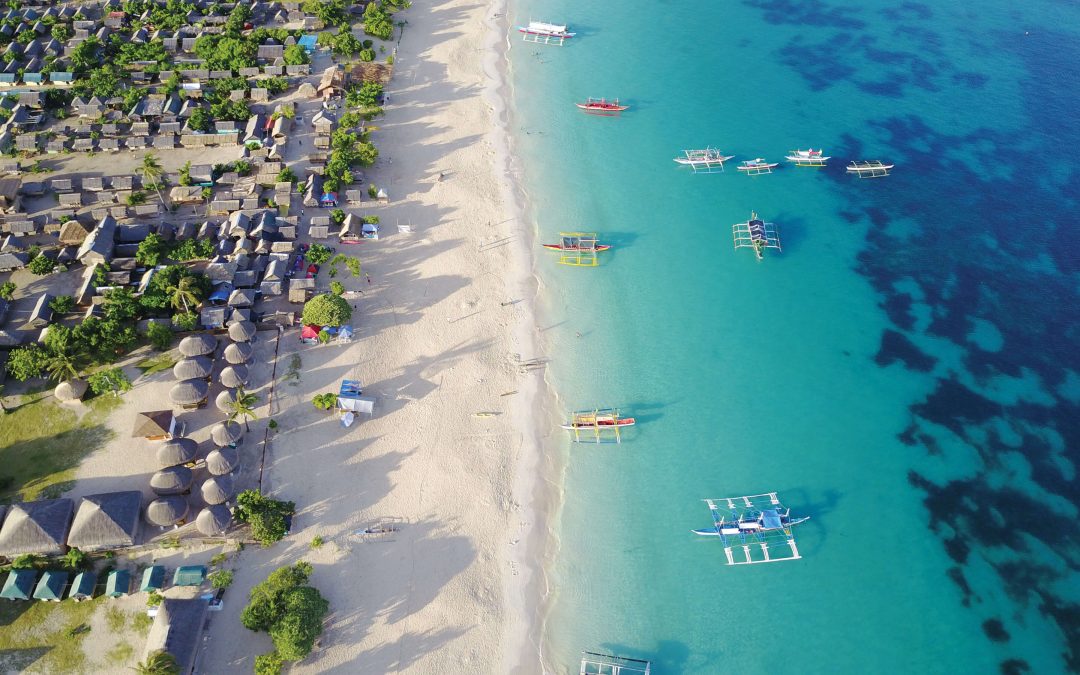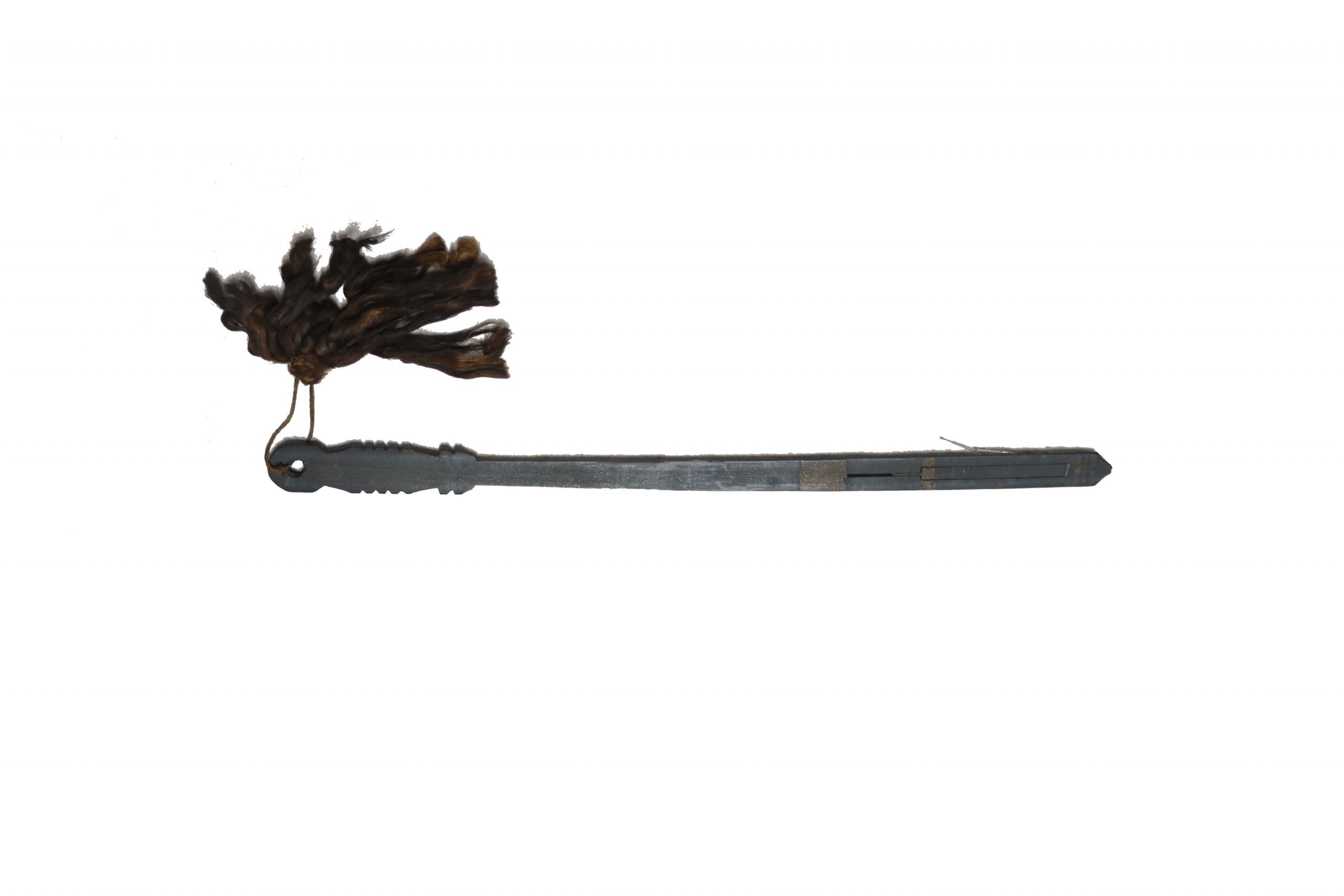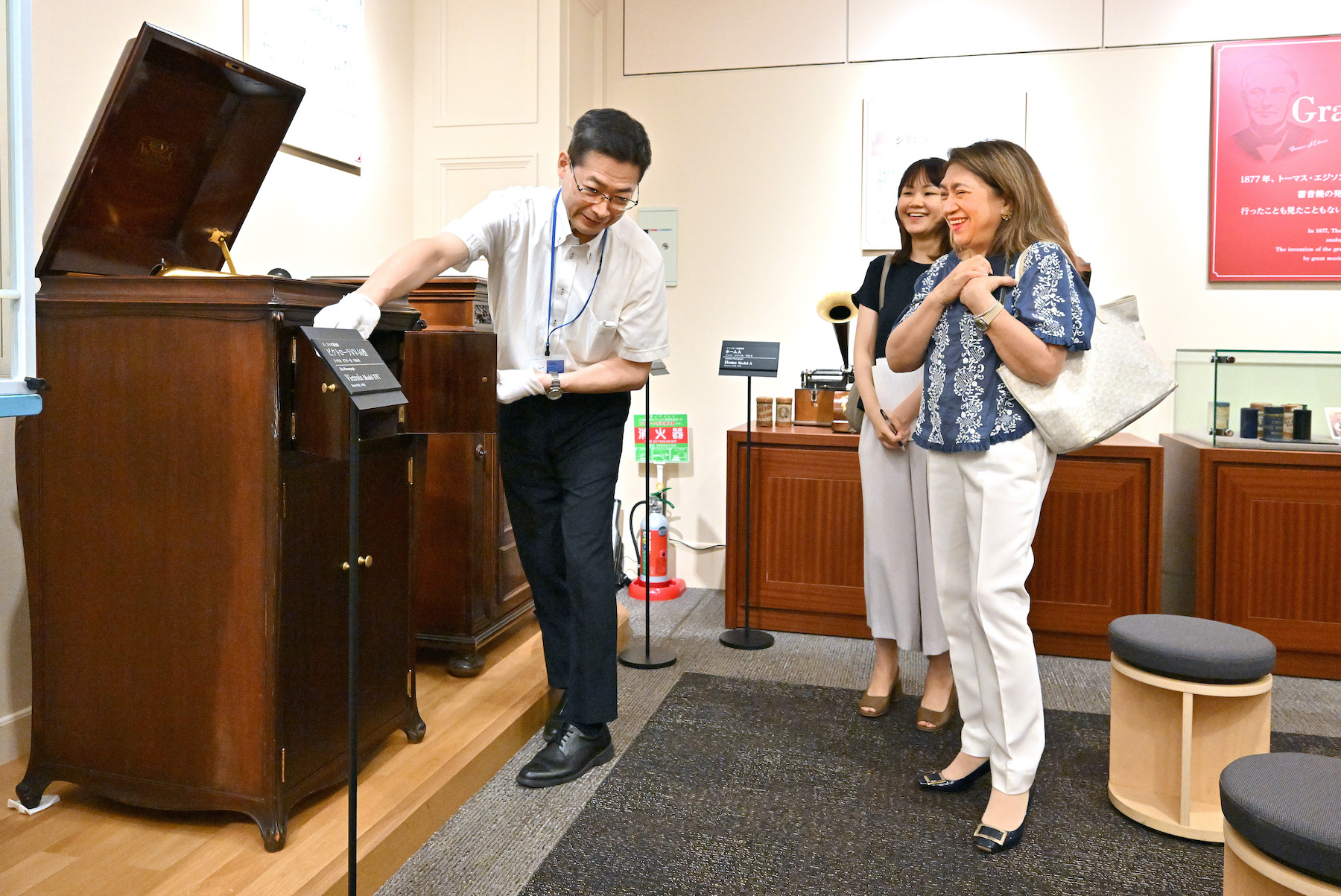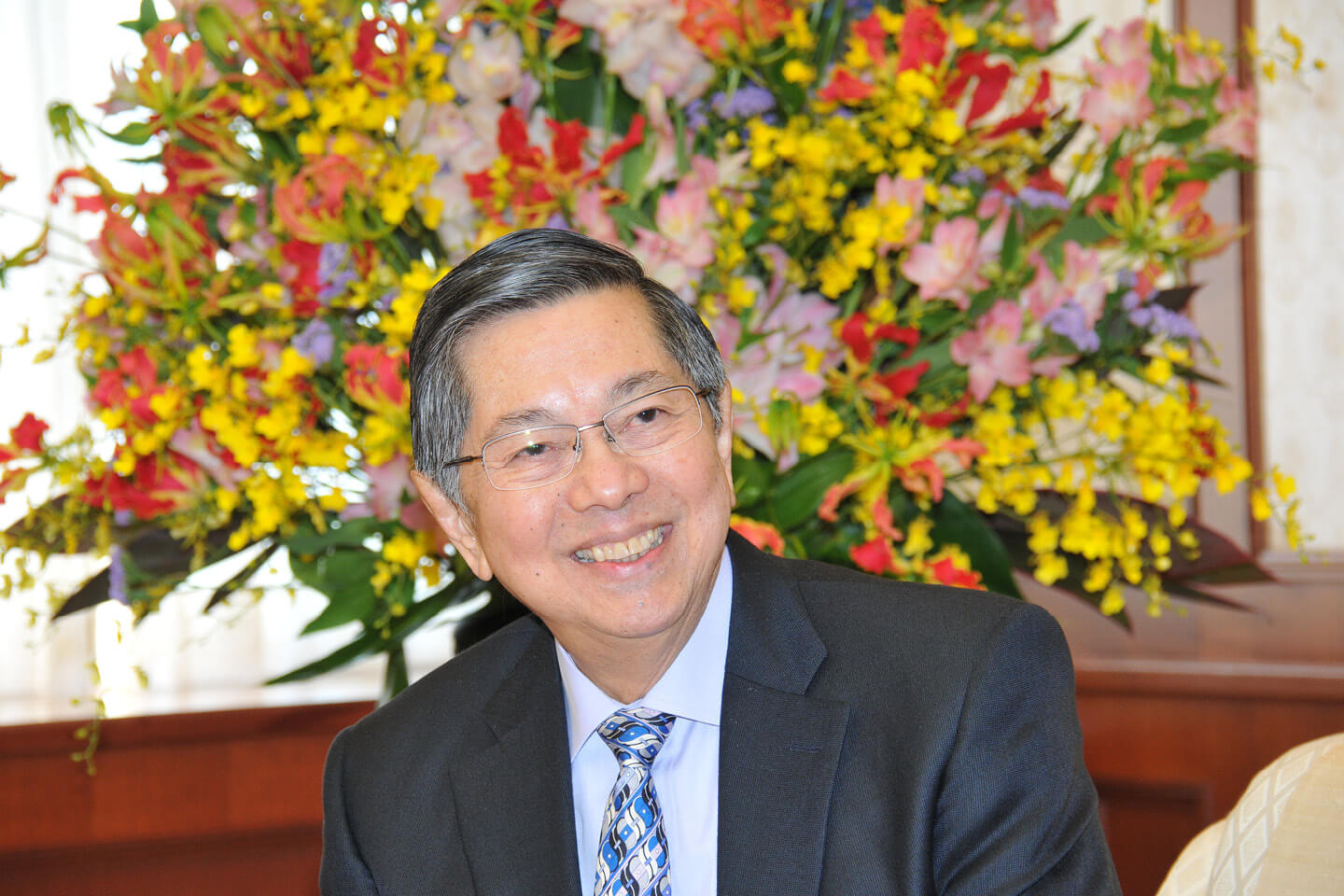Welcome to Min-On’s Music Journey! Today, the Min-On Concert Association and the Embassy of the Philippines in Japan welcome you to the Philippines, an island country in Southeast Asia.
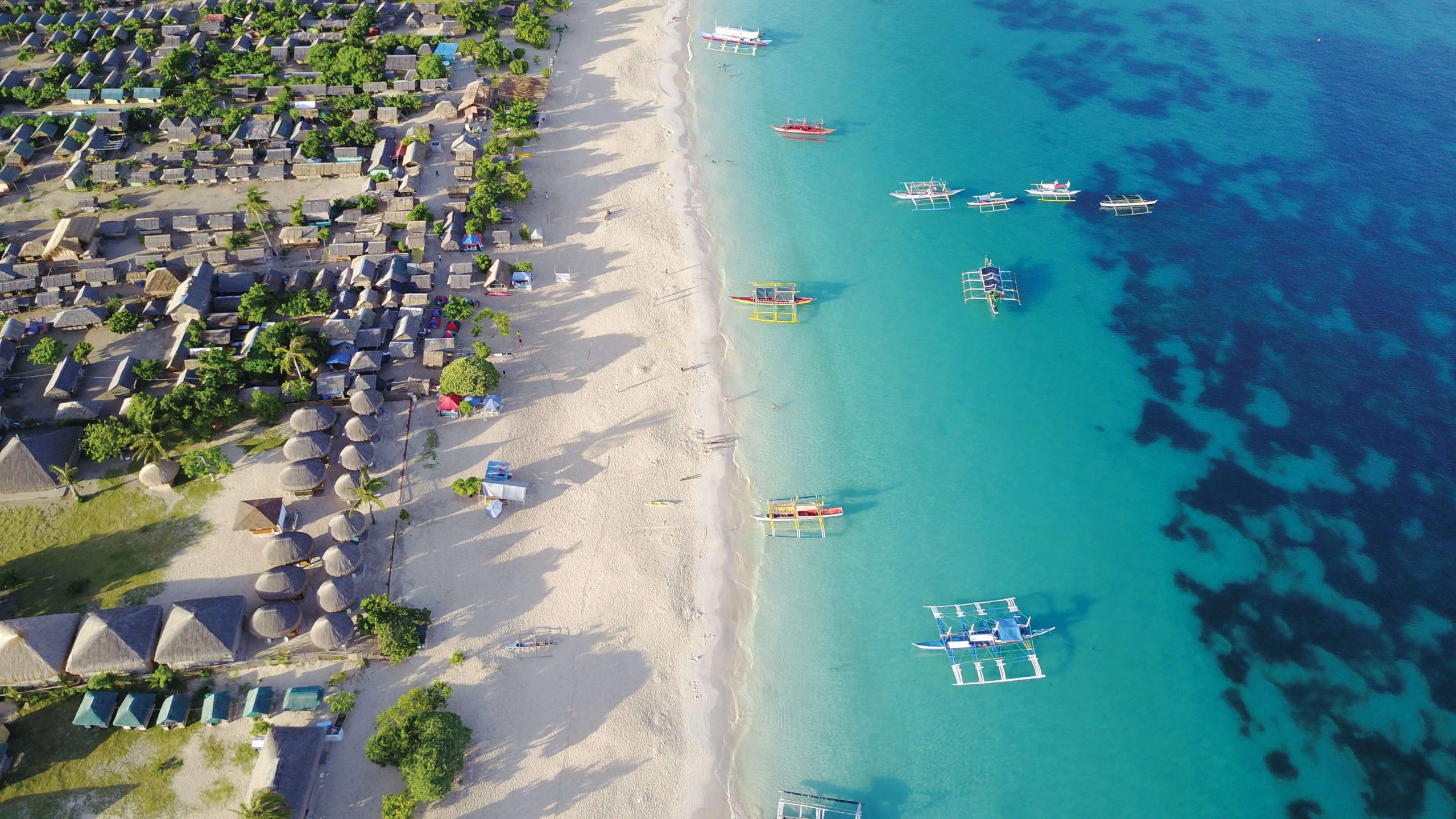 Calaguas Island, Camarines Norte – Photo by John Harvey Perez courtesy of the Department of Tourism
Calaguas Island, Camarines Norte – Photo by John Harvey Perez courtesy of the Department of Tourism
| Travel guide for the Philippines
• Stroll through the modern capital cityscape of Metro Manila • Try island hopping in the Visayas • Take part in lively, vibrant fiestas in different regions |
The Philippines is a maritime and archipelagic nation made up of 7,641 islands of many different sizes. Geographically, it is divided into three major areas: Luzon in the north, the Visayas at the center and Mindanao in the south.
 Badian, Cebu – Photo by Beautiful Destinations courtesy of the Department of Tourism
Badian, Cebu – Photo by Beautiful Destinations courtesy of the Department of Tourism
Filipino national character
The Philippines has a population of over 109 million people, the majority of whom are quite young. Nearly 30% of the population are aged 0–14, while almost 65% are between the ages of 15–65. The Philippines is a country with tremendous potential! While the economy continues to develop rapidly, traditional values are also deeply cherished in daily life.
Filipinos are family-oriented and they place high value on time spent together around the dining table.
There is a deeply rooted spirit of mutual assistance (“bayanihan” in the local language), and many families have extensive support systems. Filipino women are empowered and receive equal treatment, allowing them to make great contributions to society.
In addition, Filipino national character is defined by resilience. Filipinos place great emphasis on enjoying life’s moments, and many people pour their hearts and souls into fiestas (festivals). Different fiestas are unique to specific regions, and they’re great opportunities for visitors to engage with lively local communities.
 Sinulog Festival, Cebu – Photo by Erwin Lim courtesy of the Department of Tourism
Sinulog Festival, Cebu – Photo by Erwin Lim courtesy of the Department of Tourism
The island of Luzon and capital Manila
Luzon is the largest island in the Philippines. Metro Manila lies in the center of the island, and is the country’s economic and commercial hub. The northern part of the island includes many diverse World Heritage Sites.
Vibrant and dynamic Metro Manila
Metro Manila, also known as the National Capital Region (NCR), is the metropolitan area surrounding the capital city (Manila) of the Philippines. It’s composed of 16 cities and one municipality. The NCR is the most populous region in the Philippines and serves as the country’s political, economic, and cultural center. It’s known for its bustling urban environment, diverse cultural attractions, shopping centers and historical sites.
The high-rise buildings reflected against the setting sun on Manila Bay, well-maintained highways and modern shopping areas give a strong sense of the area’s vitality and energy. On the other hand, many structures from the Spanish colonial period still remain here, such as the historic walled city of Intramuros and San Agustin Church, which has been designated as a World Heritage Site.
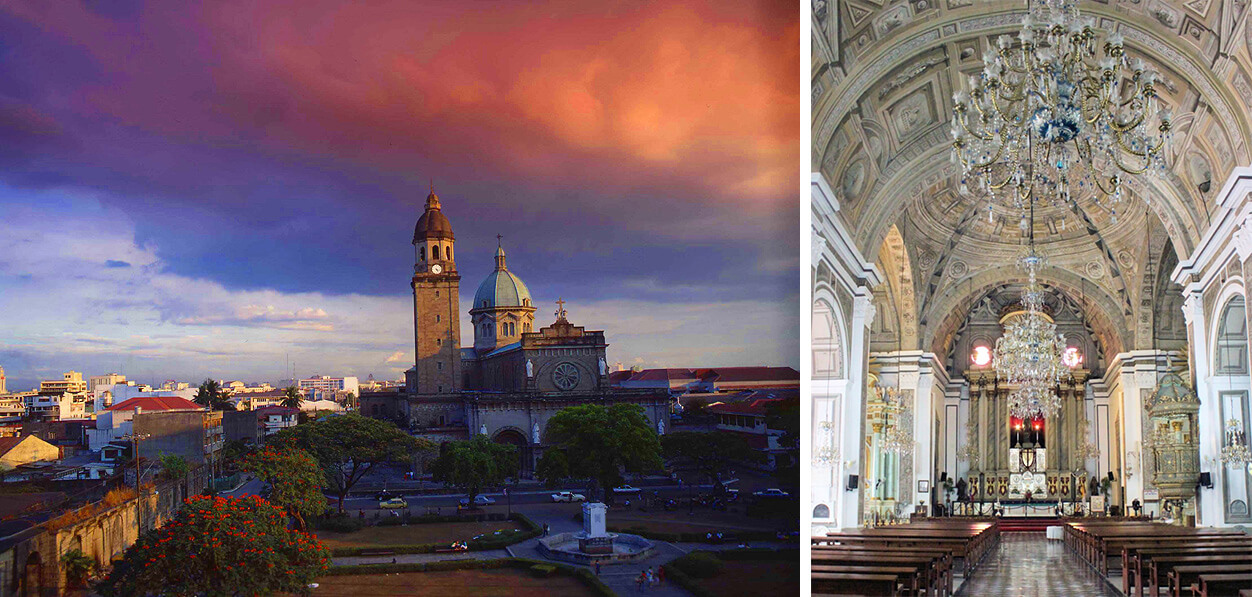 Intramuros (left) and San Agustin Church (right)
Intramuros (left) and San Agustin Church (right)
Manila is also a cultural center for music and fashion, where many global trends have been created.
| Editor’s recommended artist: BINI
In recent years, the Philippines has been generating many talented artists and “P-POP” stars. BINI is a prominent girl group that has become popular both at home and abroad as an embodiment of “friendly, independent and intelligent Filipino women.” Here we introduce their song “Salamin, Salamin” released in 2024. |
Terraced rice paddies designated as World Heritage Site
The Rice Terraces of the Philippine Cordilleras located in northern Luzon are the largest rice terraces in the world, covering a total area of 20,000 hectares. They are also known as the “stairway to heaven” because of endless golden ears of rice stretching across the mountainside at over 1,000 meters above sea level. These terraced rice paddies have been protected for more than 2,000 years by the Ifugao mountain tribe. A remarkable example of ancient agricultural engineering, the Rice Terraces of the Philippine Cordilleras were inscribed on the UNESCO World Heritage List in 1995.

Banaue Rice Terraces\
Pahiyas Harvest Festival
Every year on May 15, the town of Sariaya in the Quezon Region, surrounded by lush, verdant greenery, celebrates its harvest with a vibrant fiesta called Pahiyas Harvest Festival. The whole town is decorated with colorful flowers and vegetables, and the exciting fiesta features a parade and band performances.
The beautiful islands of the Visayas
The Visayas, located in the central region, is the collective name for the islands surrounding the Visayan Sea. In the center of the region lies Cebu City, a popular tourist resort.
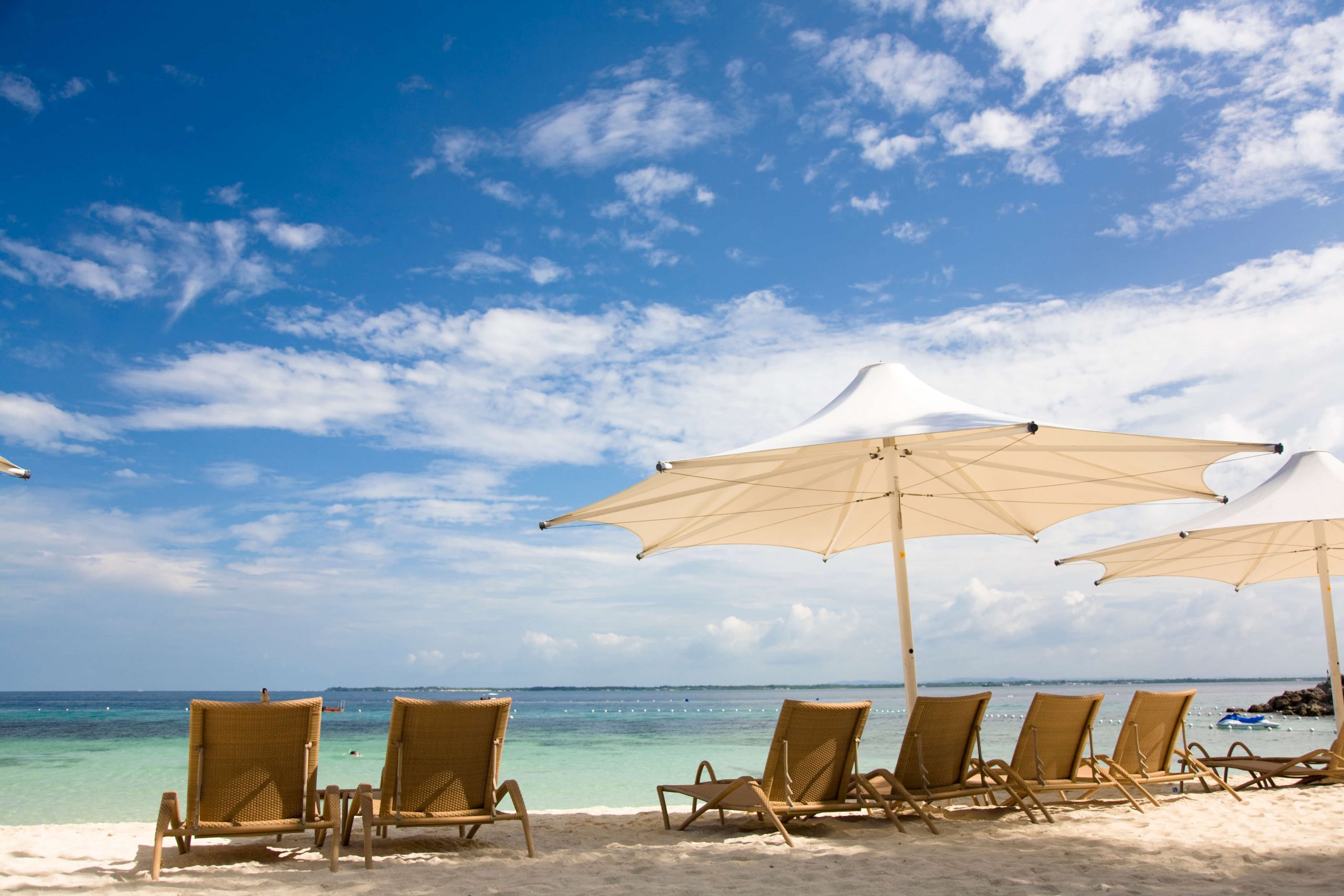
Shangrila Beach, Cebu
Island hopping
Island hopping allows visitors to tour different islands by boat and is becoming increasingly popular in the Visayas, which are surrounded by clear blue waters and host to a diverse marine life. The tour takes visitors around the islands of Cebu, Bohol, Panay (where world-famous Boracay is located), Negros, and Siquijor. Aside from swimming, snorkeling, and diving, many island-hopping tours include immersive visits to local communities, where visitors can experience Filipino culture and hospitality.

El Nido, Palawan – Photo by Erwin Lim courtesy of the Department of Tourism
Festivals in the Visayas
A number of unique festivals are also held across Visayas. The Dinagyang Festival held every January on the island of Panay is a vibrant fiesta, when young locals dress up native dress and dance to the beat of drums.
Every October, one of the most famous fiestas in the country, the Masskara Festival, is held in Bacolod, a city on the northwest coast of Negros Island. The fiesta was started in 1980 in an effort to rally residents when sugar prices plummeted, and the colorful costumes, dancing and musical instruments played by the participants are among the highlights of the festival.

MassKara Festival, Bacolod – Photo by Sherwin Ballesteros courtesy of the Department of Tourism
Mindanao: Nature’s gift
In the southern region of the Philippines lies Mindanao, a land blessed with abundant natural wealth. As the second largest island group in the Philippines, Mindanao is renowned for its lush landscapes and fertile lands that serve as the center of banana and pineapple cultivation in the country.
Beyond its agricultural prowess, Mindanao is also a biodiversity hotspot, boasting a rich array of unique flora and fauna found nowhere else in the world. The island is home to the majestic Philippine Eagle, the largest eagle in the world in terms of length and wingspan.

Philippine Eagle, Davao del Sur – Photo by Rhonson Ng courtesy of the Department of Tourism
Mindanao hosts stunning destinations such as the pristine beaches of Siargao, famous for its world-class surfing spots; and the serene Lake Sebu, renowned for its picturesque lakes and waterfalls. Meanwhile, Davao City, the largest city in Mindanao, offers a blend of urban and natural attractions, including the Philippine Eagle Center and the Eden Nature Park.
 Siargao surfing – Photo courtesy of Gaps Sabuero
Siargao surfing – Photo courtesy of Gaps Sabuero
Traditional music and dance of the Philippines
Filipino music has evolved through a mix of traditional indigenous styles and diverse music from Asia, Oceania, Spain and the United States. Due to exchange through maritime routes and influences from the Spanish colonial era, many diverse traditional musical instruments have also developed here.
| Related culture | Instrument name | Description |
| Malay culture | Kulintangan
|
The kulintangan consist of a series of eight graduated knobbed gongs played simultaneously by a musician during feasts or important occasions. |
| Oceania culture | Jew’s/jaw’s harp
|
An idiophone played during social gatherings |
| Islamic culture | Kusiyapi
|
The kusiyapi is a two-stringed lute with prominently raised frets made of beeswax. |
National Museum of the Philippines
Below we present a dance performance with traditional instruments from the Bayanihan Philippine National Folk Dance Company, invited to perform in 2016 by the Min-On Concert Association.
Video: People Under the Sun
The Min-On Concert Association has established cultural exchange with the Philippines on six occasions. Below we feature a performance by Ballet Philippines, who were invited in 1993 and 1998, that combines the rituals of the Igorot people with contemporary dance techniques. Igorot is the collective name for the indigenous people living in the mountainous areas of northern Luzon, including the Ifugao people who have continued to protect the Rice Terraces of the Philippine Cordilleras. Enjoy the combination of the dance’s rhythmic patterns and beautiful steps.

Photo of Igorot people on Banaue Rice Terraces
In September and October 2024, a nationwide tour of the Min-On concert ” Asian Pops 2024″ will be held. Please look forward to the beautiful voices of Christian Bautista, a renowned Filipino ballad singer, and other top artists invited from Indonesia and Laos.
In closing, please enjoy performances by musicians recommended by the Embassy of the Philippines in Japan.
Philippine Madrigal Singers – Paraiso
A choir composed of students, faculty and alumni of the University of the Philippines. Without a conductor and through a unique style of sitting in a semi-circle to sing, the group has won numerous prestigious international awards. Their repertoire ranges from classical to Renaissance music, pop music and Filipino folk songs.
Ryan Cayabyab – Tuwing Umuulan at Kapling Ka
 https://www.maestroryancayabyab.com/about
https://www.maestroryancayabyab.com/about
A composer and arranger born in 1954. He is a national artist who writes and arranges choral music, orchestral operas and scores for film and television. He is also the driving force behind the popularity of OPM (Original Pilipino Music; popular music composed and performed by Filipinos, originating from the Philippines.)
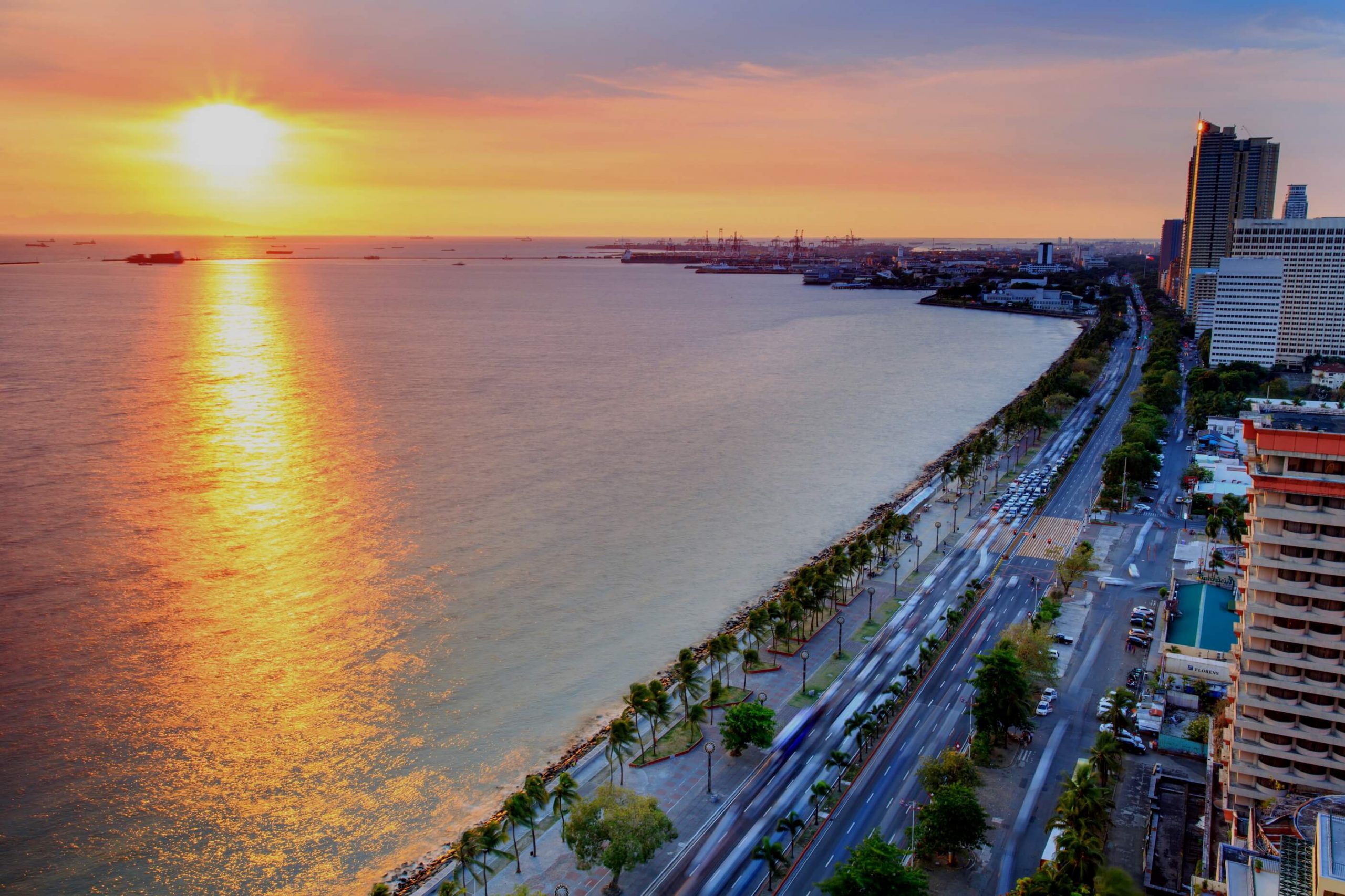
Sunset on Manila Bay
What did you think of your music journey to the Philippines? There are still many more places to go! Please look forward to our next destination.
(Produced in collaboration with the Embassy of the Philippines in Japan, who also provided photos.)
Min-On Concert Association
-Music Binds Our Hearts-


